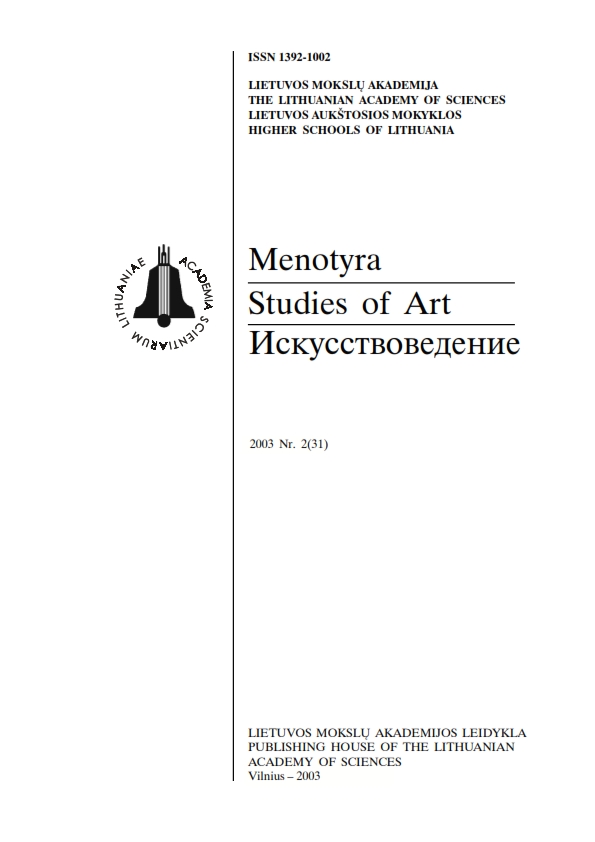Gėlės atminties paraštėse. Vilniaus basųjų karmeličių meninės raiškos prielaidos
Flowers on the margins of the memory. Background / conditions of artistic expression of Vilnius discalced Carmelite nuns
Author(s): Tojana RačiūnaitėSubject(s): Christian Theology and Religion, Visual Arts
Published by: Lietuvos mokslų akademijos leidykla
Summary/Abstract: Drawing on written sources and analogous artworks remaining at other convents of the order, the article analyses the background of artistic expression of Vilnius Discalced Carmelite nuns. Artificial flowers, paper reliquaries executed in the paperoles technique, paper cuts for the Whitsunday lottery and other articles surviving at the Convent of Discalced Carmelites in Cracow (Wesiola) represent the customs and artistic traditions of the order that have been cherished for hundreds of years and have been passed from generation to generation. These are an important part of our cultural heritage.In methodological terms, it is of vital importance to acknowledge the uniformity of customs and traditions within the order and this may be supported by "customs books" and other sources. Without such an acknowledgment, consideration of the destroyed heritage of an extinct convent would be impossible.The phenomena of nuns' artistic expression are discussed from the perspective that professional art has existed at the convent. Inscriptions on engravings - the so-called obscure pictures - testify to the fact of their donation and interchange as well as to other factual and emotional circumstances of their acquisition and presence at the convent. Simultaneously, frequent cases of enhancement, colouring and embellishment of these engravings allow tracing the beginnings of the nuns' artistic expression. It is difficult to draw the line between the usage of an artwork already created and the creation of a new artistic form within the context of the convent. It seems likely that the artistic activity of Discalced Carmelite nuns (which is most probably characteristic of other women's monasteries as well) was related to the need to decorate and adorn rather than to the need to create: flowers were made to adorn altars, flower ornaments were draw with quills to embellish the margins of manuscripts, and paper strips have been used to create flower-like openwork to frame the relics of saints.
Journal: Menotyra
- Issue Year: 2003
- Issue No: 2(31)
- Page Range: 19-26
- Page Count: 8
- Language: Lithuanian

